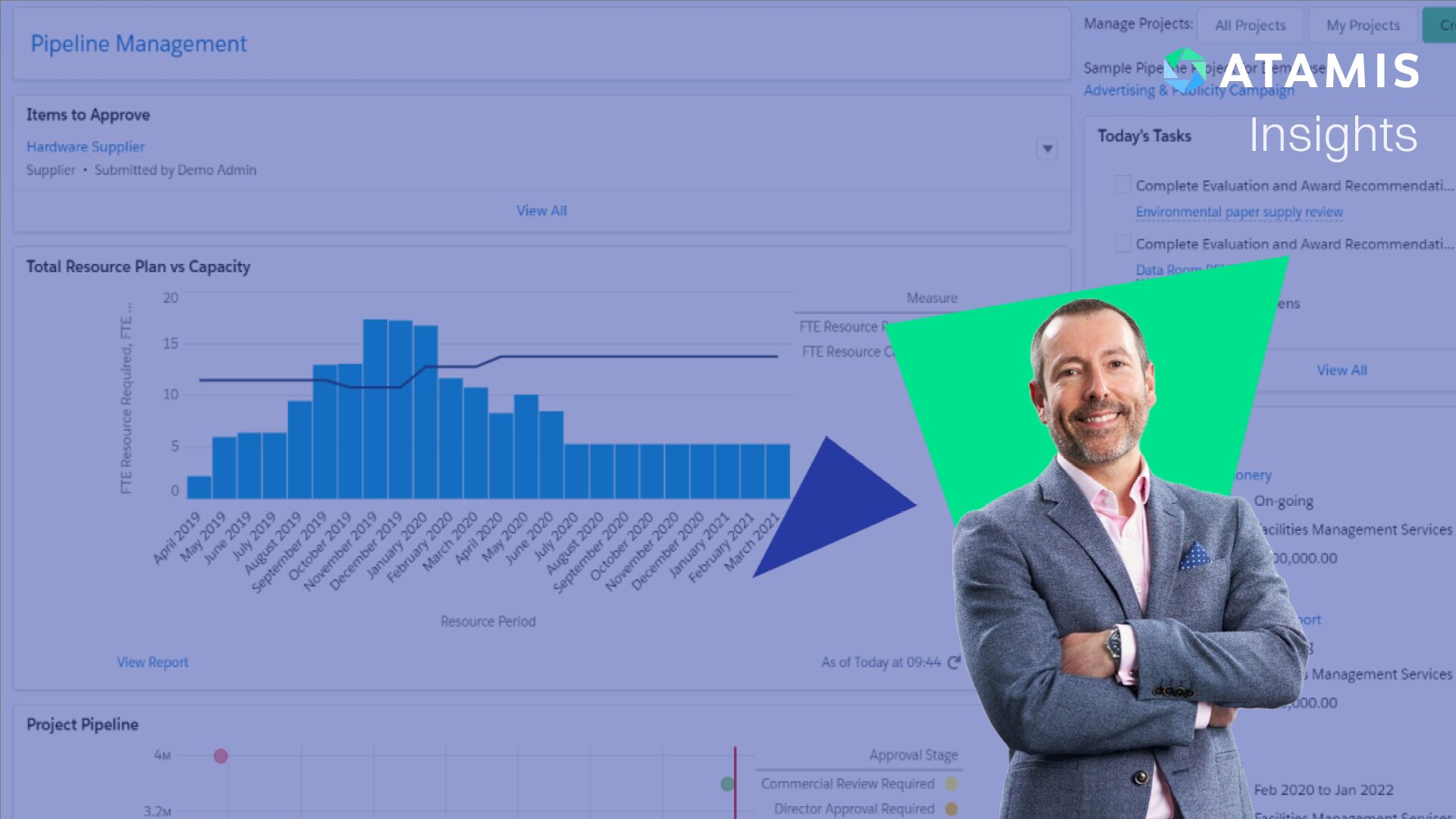Twenty years ago, if you’d have asked me what procurement looked like, I’d have probably said something like “a lot of paperwork and not much appreciation.”
Back then, especially in the public sector, procurement wasn’t something people usually chose. It was a job that often landed on someone’s desk, usually someone who’d come from IT or project management and now found themselves knee-deep in OJEU notices, compliance checklists and tender templates.
I’ve spent the last two decades speaking with procurement professionals up and down the country and I’ve seen the role change from one that was mainly about box-ticking and compliance, to one that now sits right at the heart of an organisation’s strategy. And it’s not just evolved – it’s grown up.
Let’s explore some of the biggest shifts I’ve seen over the years and why I believe procurement’s best days are still ahead.
Back Then: Compliance Was King
In the early days, procurement – particularly in the public sector – was all about staying compliant. If you ran a tender that followed the rules and ticked all the legal boxes you were doing alright. Value for money? Maybe. Innovation? Rare. Supplier relationships? More like transactions than partnerships.
Systems were clunky or non-existent. You had spreadsheets, email threads the length of your arm and physical files stacked up in the corner of someone’s office. It wasn’t exactly cutting edge.
Then came the legal requirement for digital procurement platforms in the public sector. That was a turning point. Suddenly, you had structure, audit trails and accountability. But even then, few people were talking about supplier innovation or contract performance post-award. You ran the tender, signed the contract, job done.
The Financial Crash: The Age of Austerity and “Just Save Something”
2008 brought the financial crash and everything changed. If the early 2000s were about following rules, the years after the crash were about one thing: saving money.
Procurement were squeezed hard. Targets were handed down from the top – slash costs, cut spend, do it fast. Nobody cared much for long-term planning. It was all about quick wins and often the cheapest bidder. Strategic thinking took a back seat, because survival was the priority.
But here’s the thing – those savings? A lot of them were illusions. You’d save on paper, but by the end of the contract, the costs would creep back in. The supplier who came in cheapest might be delivering poor service, or need constant management, or throw in extras that weren’t in the original bid. You weren’t saving, you were just pushing problems further down the road.
Now: Total Cost of Ownership and Long-Term Thinking
Thankfully, we’ve moved on from that. Today, there’s a much broader understanding that procurement isn’t just about the price on the quote – it’s about total cost of ownership. That includes service levels, risk, innovation, sustainability and performance over the life of the contract.
And people get it now. You might not choose the cheapest supplier anymore, because you’re looking at the bigger picture. What will they deliver over three, four, five years? Are they flexible? Will they collaborate? Can they help you innovate?
That shift – from short-term savings to long-term value – is one of the most important changes I’ve seen. Plus, it’s being driven by more mature procurement departments who understand that real savings don’t show up on day one. They show up in the rear-view mirror when you look back and realise things didn’t fall apart, that they didn’t overspend and the contract delivered more than you expected.
Procurement as a Strategic Partner, Not Just a Gatekeeper
Another big change is how procurement is viewed inside the business. Historically, procurement was seen as a blocker. A necessary evil. The department that made everything take longer.
But that’s changed – at least in organisations with mature procurement functions. Now, the best teams are embedded early in the decision-making process. They’re helping to shape strategy, not just deliver it.
When companies grow organically or by acquisition, procurement has to work even harder – often starting small and having to prove their worth. I’ve seen people in those roles who’ve had to wear two hats: one for buying and another for selling the idea of procurement to their own business.
It’s a bit like sales really. You’re listening, diagnosing, offering solutions. Only instead of pitching to customers, you’re selling to stakeholders who’ve always done things their own way. “Everyone’s a buyer” is still a mindset you come up against regularly. Changing that takes patience, good communication and a fair bit of graft.
The Rise of SRM and Contract Lifecycle Management
Now, supplier relationship management is a core part of any decent procurement strategy.
I’ve seen new roles popping up – Supplier Relationship Managers, Directors, even whole teams dedicated to contract management and supplier performance. The thinking is simple: let’s stop focusing all our effort on getting the contract signed, and put more time into what happens next.
Because it’s what happens after the tender that really matters. Suppliers promising the moon during bidding isn’t worth much unless you’re tracking performance, measuring outcomes and holding them accountable. Otherwise, social value commitments, ESG goals, service levels – they all risk fading into the background.
Sustainability and Social Value: No Longer Just Buzzwords
In the early 2000s, sustainability was a checkbox. Maybe you threw in a line about carbon offsetting or recycling and that was that.
Now? It’s fundamental. Private sector organisations are being judged by investors and customers alike on their ESG credentials. Public sector tenders often allocate 10% or more of the scoring criteria to social value. It’s not enough to say you care about the environment – you’ve got to prove it and so do your suppliers.
That’s the key thing: it’s not just about your goals anymore. Your supply chain has to reflect your values. If you’re chasing net zero and your suppliers are lagging behind, it won’t add up. And in the age of 24/7 media, one supplier scandal can undo years of brand-building in an afternoon.
That’s why procurement teams are putting serious effort into vetting and managing suppliers – not just for capability, but for alignment. Ethics, compliance, sustainability, innovation – it’s all part of the picture now.
Procurement as a Chosen Career Path
For years, procurement was something people “fell into.” I’ve got mates who started out as engineers or project managers, only to land in procurement almost by accident. And fair play – they stuck with it, got qualified, became respected leaders.
But today? I’m seeing more people choose procurement as a career. It’s seen as strategic, influential and vital to a business’s success. The days of being the “quiet department in the back office” are gone.
There’s more formal training, more visibility and more recognition than ever before. And it’s about time.
The Future: Spend Analytics, Innovation and True Influence
So where do we go from here?
Obviously, AI will have an impact on procurement, but let’s not overlook the fundamentals. One area I’m seeing big investment in is spend analytics and true supplier relationship management. It sounds simple, but you’d be surprised how many organisations still don’t have a clear picture of what they’re spending, with who, or whether that spend is even on contract.
That insight is gold. It helps you spot patterns, identify risks and drive better outcomes. And as public sector budgets get tighter and private sector competition ramps up, that visibility will only become more important.
Innovation is another frontier. I’ve seen some brilliant examples of larger firms working with smaller, emerging suppliers – ones that maybe weren’t “ready” before, but have been nurtured into becoming long-term partners. It’s not just buying what’s out there anymore – it’s about helping create what’s next.
And finally, influence. Procurement has the potential to influence every cost centre, every supplier, every strategic initiative. The smartest organisations know that—and they’re bringing procurement into the room early, embedding it into planning and using it as a driver for transformation.
Final Thoughts
If there’s one thing I’ve learned in 20+ years of working with Procurement Professionals. It’s that procurement is full of unsung heroes. People who quietly keep things running, avoid disasters, deliver value and never quite get the spotlight.
But that’s changing. Procurement is no longer just about getting the best deal – it’s about driving the business forward, ethically, strategically and sustainably.
And for someone who’s watched this transformation unfold over two decades, I’ll say this: it’s about time.
Learn more about Atamis
Speak to our team today about your unique procurement software solution.
Get a Demo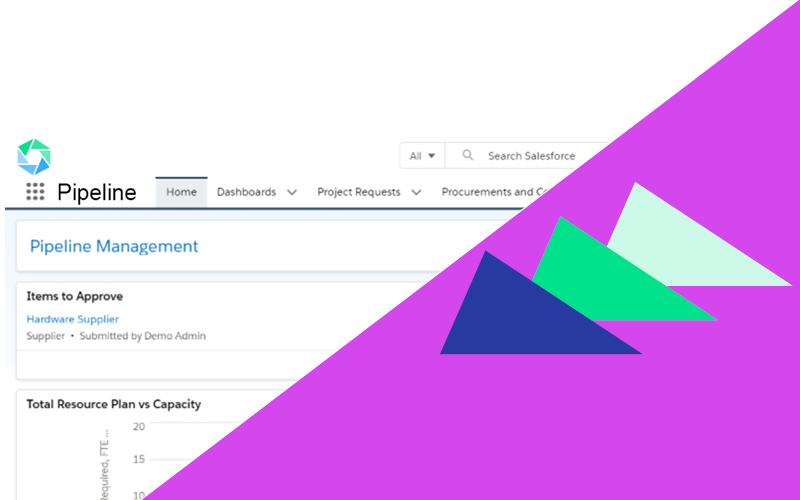 Our Pipeline App empowers your team to plan ahead and forecast for upcoming procurement activities.
Our Pipeline App empowers your team to plan ahead and forecast for upcoming procurement activities. 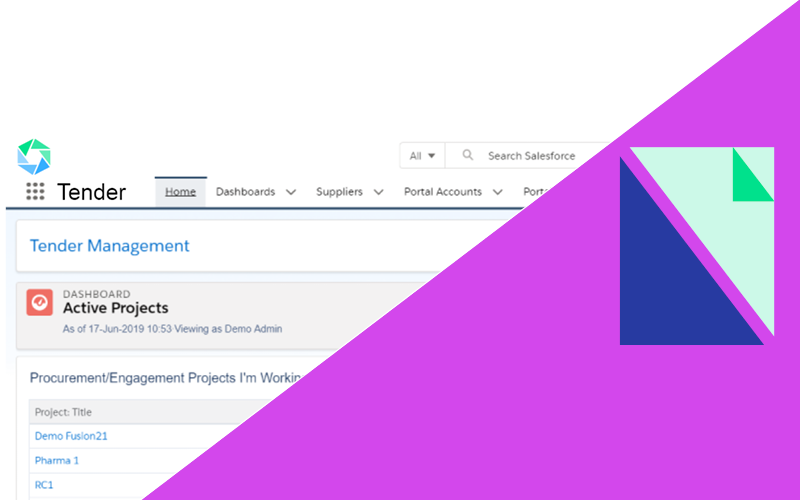 The Tender App allows your team to visualise all sourcing activities within your Atamis platform, from issuing tenders to receiving bids.
The Tender App allows your team to visualise all sourcing activities within your Atamis platform, from issuing tenders to receiving bids.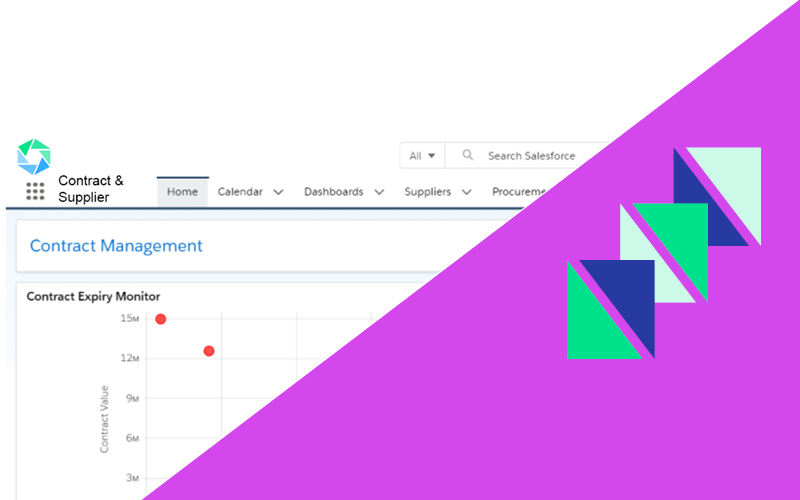 Our Contract & Supplier App puts your team in firm control of your key supplier relationships and provides a central repository for all contracts.
Our Contract & Supplier App puts your team in firm control of your key supplier relationships and provides a central repository for all contracts. 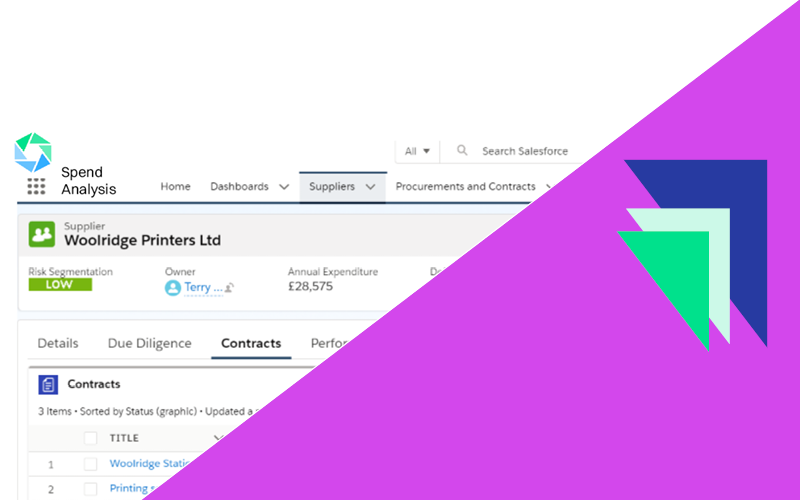 Our Enhancers ensure your solution is tailored to your needs. Pick and choose additional functionality that fits your requirements.
Our Enhancers ensure your solution is tailored to your needs. Pick and choose additional functionality that fits your requirements. 